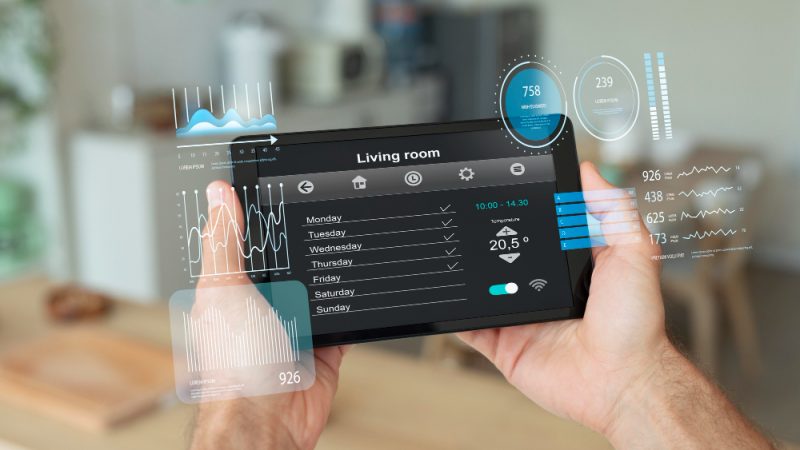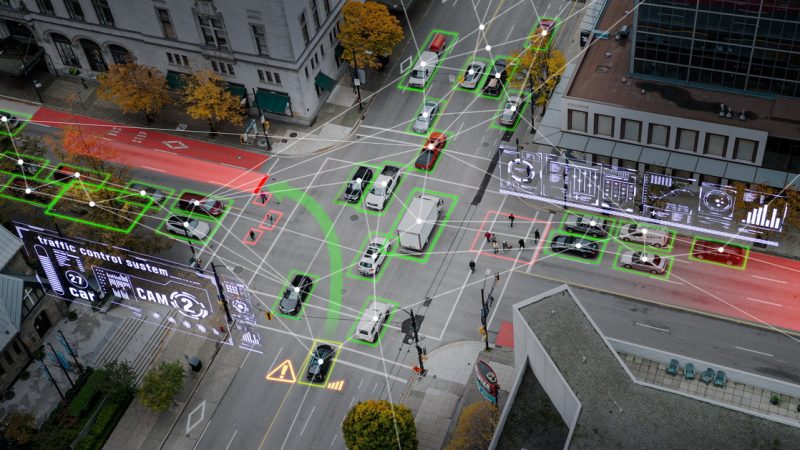What can IoT data analytics bring to your company?

The internet of things (IoT) refers to an internet-connected, remote, and inter-device connection with a system. The IoT network is essentially a mesh of sensors and wireless devices that communicate with each other using gateways, which in turn connect to cloud servers and software applications located in the data center. It can provide real-time data analysis about individual customers’ behavior on an extremely large scale (and often anonymously).
This works as it allows business access to a bank or a cloud server to process large quantities of raw data for instant actionable insight that successfully leads the business forward, from automatic supply chains to predictive analytics for better customer service.
What can IoT data analytics bring to your company?
The benefits that you get from the IoT data analytics are:
– In numbers:
You get millions of values and this big data is transmitted in real time which helps prevent accidents and monitors critical parameters related to different industries. This also provides early warning signals so that appropriate actions can be taken before any significant damage occurs. The information can also be used for forecasting and modeling:
– It gives an overall picture of how products, goods, cargo etc.,
The Internet of Things promises to bring a new era where data is collected from machines, sensors and other physical objects.
IoT can play a vital role in your company’s growth. It generates big data, which is very crucial for the success of any company. It provides high-quality information to understand customers behavior and their needs so that businesses are able to satisfy their requirements by offering appropriate products or services. This helps improve customer satisfaction while increasing revenue generation.
– It reduces costs and increases revenue:
By making better use of resources, IoT data analytics enables companies to reduce costs across the board. Sectors like manufacturing can use Big Data technology to track how their products are used (e.g., if they are still functioning after a certain period of time) which in turn enables them to sell spare parts more effectively while minimizing returns. The information can also be used to identify more efficient ways of working which will lead to higher profits.
– It helps in understanding your customers better:
IoT data analytics enables companies to get deeper insights into how their products are being used by consumers. It can provide valuable information on customer satisfaction while providing an understanding on what type of products they’d like to receive in return. This allows businesses to adjust their actions accordingly and offer products or services that match the needs of their clients so that they keep coming back for more.
– It helps improve decision making:
Having access to large volumes of real time information about business operations is crucial for executives looking for actionable insights into how things are running today. It allows them to make better decisions when it comes to allocating resources and R&D which in turn helps improve a company’s performance.
– It improves your operational efficiency:
IoT data analytics provides a deeper understanding of how your business is running on a day-by-day basis. It can help identify where inefficiencies lie in any part of the organization which will enable you to take necessary action. This means that employees can work more productively while solving tasks more quickly – thus freeing up time for other things.
These are just some of the possible benefits IoT data analytics can have for your business overall, depending upon what questions you ask and the information you gather from the collected machine-generated data.
In Summary
Today, IoT data analytics has become instrumental in enabling organizations to gain actionable insights which will enable them to be more successful. By gaining a better understanding of their current processes and operations through the use of Big Data technology, companies are able to optimize their successes while minimizing the time it takes them to complete tasks.






